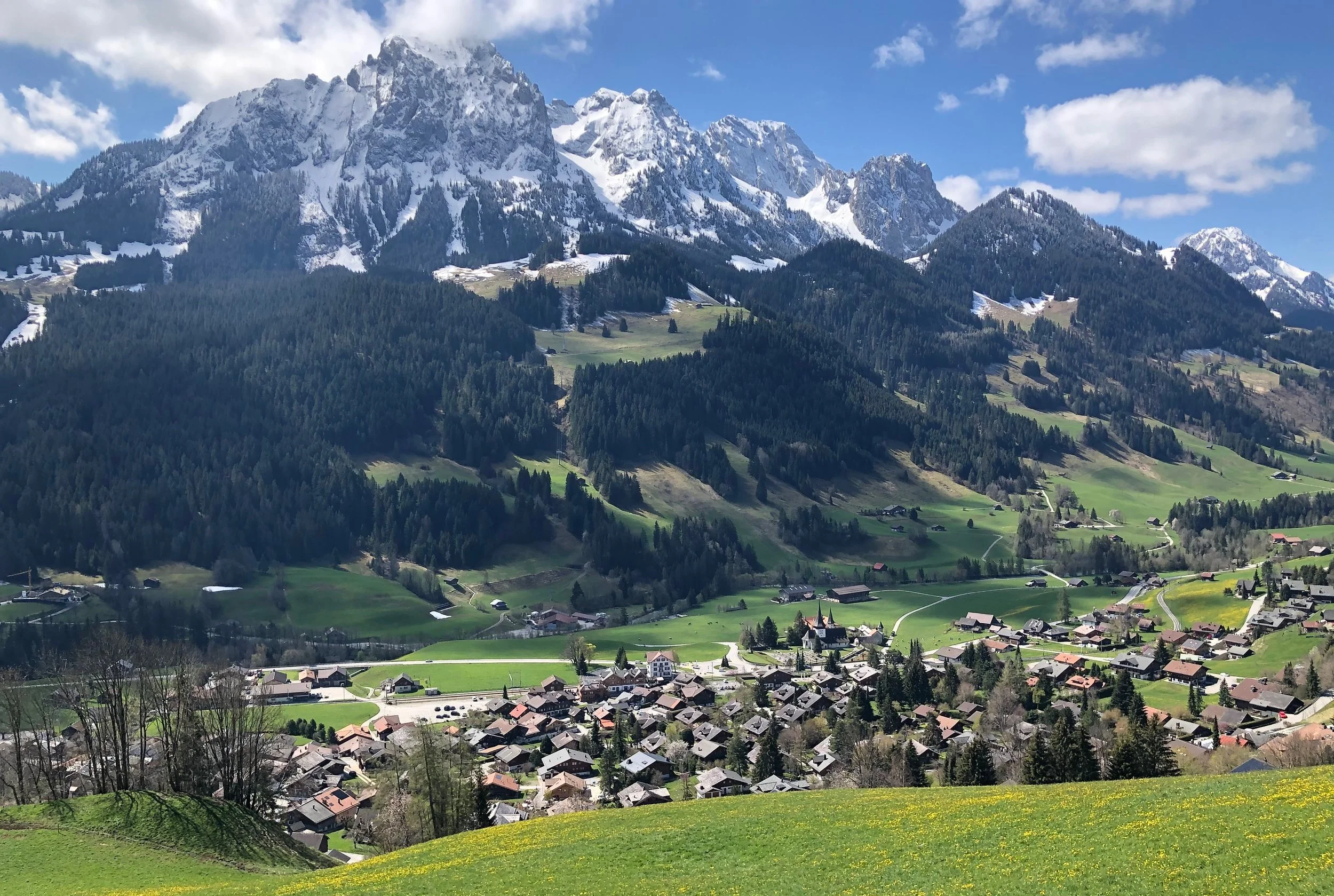Rougemont
In the eastern part of the canton of Vaud, nestled in the picturesque Pays-d'Enhaut, lies the charming village of Rougemont. With around 900 inhabitants spread over an area of approximately 48.5 km², Rougemont offers a harmonious blend of traditional architecture, rich history and breathtaking nature.
Architectural heritage and history
Rougemont is known for its well-preserved wooden houses from the 17th and 18th centuries, which are decorated with intricate carvings and paintings. These traditional chalets give the village a unique character. The Romanesque church of Saint-Nicolas, originally built in the 11th century and later remodelled in the 16th century, and Rougemont Castle, dating from 1572, are important reminders of local history.
Natural paradise for the active
The surrounding mountain landscape invites you to enjoy a wide range of activities. The summit of La Videmanette (2,285 m) is a popular destination in both summer and winter. In summer, hiking trails and via ferrata routes lead through the region, while in winter skiers can enjoy the slopes connected to the Gstaad ski area. A special natural highlight is the mountain lake Gour de Comborsin, which is located in a nature reserve and is a popular destination for hikers.
Cultural events and cuisine
Rougemont is not only known for its landscape, but is also a good starting point for visiting cultural events in the Pays-d'Enhaut and also in the Saanenland, i.e. in Saanen and Gstaad. In terms of cuisine, the region offers traditional Swiss fare, with local specialities such as L'Etivaz AOP cheese being particularly noteworthy.
Arrival and accessibility
Rougemont is easily accessible via the Montreux–Bernese Oberland Railway (MOB), which offers a direct connection between Montreux and Zweisimmen. Rougemont railway station is within walking distance of the chalet and is a good starting point for excursions in the region, even without a car.

